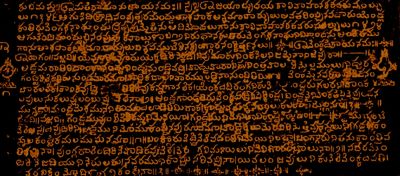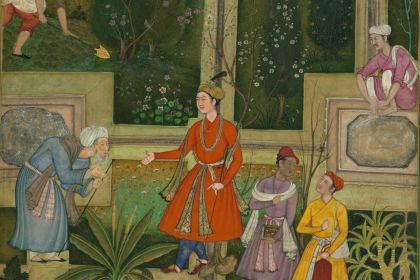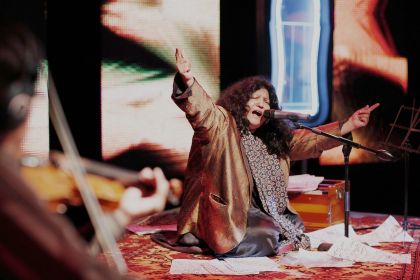Poetry
12,000 Annamayya songs discovered in a Hindu temple after 300 years of oblivion

Annamacharya's poetry engraved on a copper plate
It is believed that Tallapaka Annamacharya—a 15th-century songwriter who lived in South India—wrote over thirty thousand poems of which only about a third survive. In the 20th century, these songs, engraved on copper plates, were discovered inside a secret chamber of a Hindu temple in Tirumala, where they had been kept for hidden for at least three hundred years.
Researchers report that Annamacharya, also popularly known as Annamayya, originally wrote his poems on palm leaves, and after his death, several generations of his descendants have meticulously transferred songs to a more reliable medium. The reason why access to his poetry was closed for centuries remains unknown.
As follows from the markings on the copper plates, Annamacharya's poetry could be classified as belonging to the spiritual or romantic genre, though it does not detract from the fact that his songs were written as religious kirtanas and addressed to the Lord Venkateswara. In his spiritual poems, Annamacharya praises the deity and describes his love for him, while in romantic verses he candidly depicts the intimate adventures of Venkateshwara and his consort Alamelu.
Listen to Annamayya's Narayanathe Namo Namo performed by Balamuralikrishna:
Nowadays, Annamacharya's legacy is incredibly relevant as most of his songs are written in spoken Telugu and are meant to be sung and danced. At the same time, his lyrics may in fact be filled with double and triple meanings. Annamacharya was one of the first ascetics to oppose the social stigma towards the untouchable castes as is follows from his later kirtanas, in which he often glorifies the relationship between God and the human being, believing that divine love is the same for everyone, regardless of caste and financial status.



